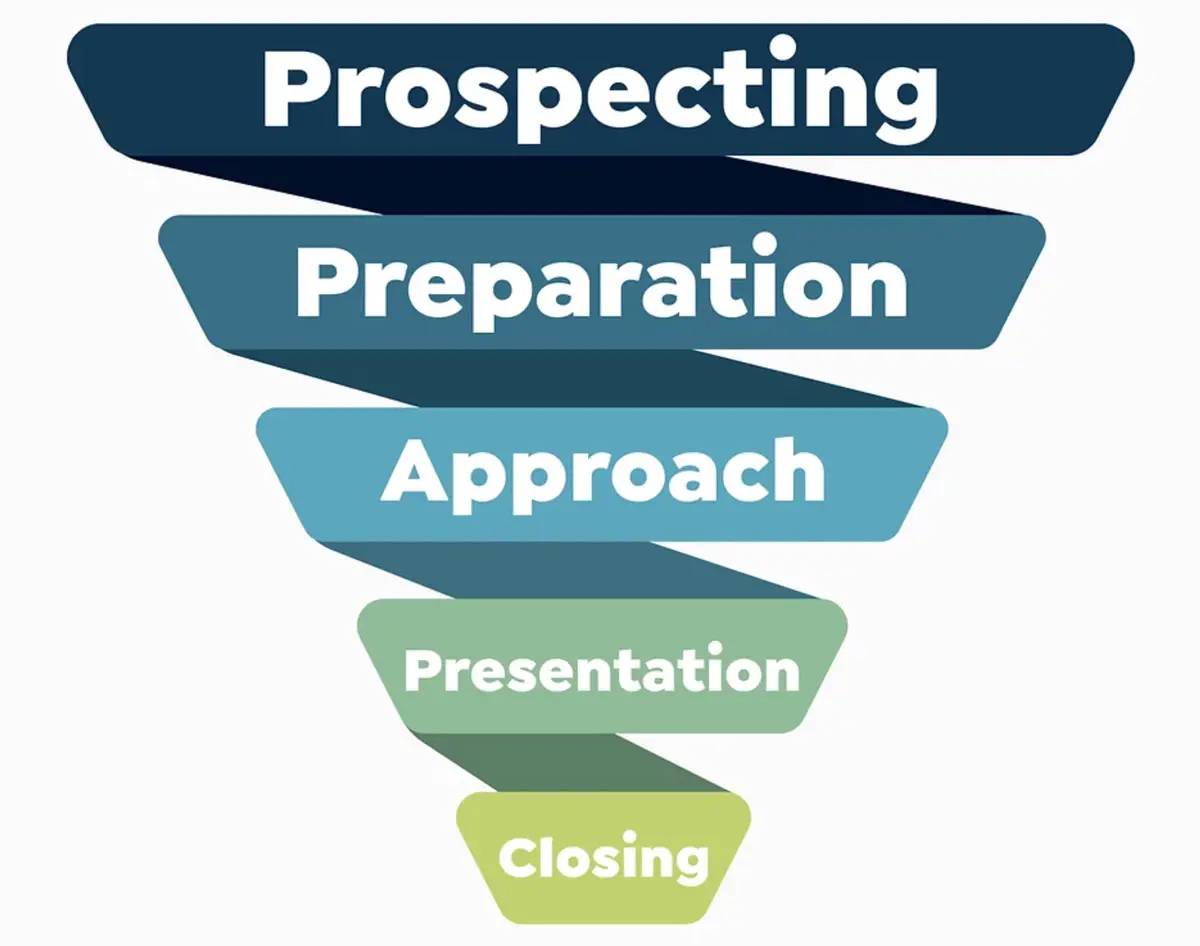Selling and the Value of Connection
"I hate selling." "Selling is definitely not for me!" "Selling is only for certain types of people."
Everyone Sells
I’ve heard phrases that mirror the ones above more times than I can count on both hands, which begs me to ask the question, “Are these statements true at their core?” As controversial as it may seem, I propose the idea that everyone is in the business of selling, whether they know it or not, like it or not; yes, everyone. It’s not a matter of whether or not you sell. It’s a matter of whether or not others are buying what you’re selling. We sell ideas and our abilities in every interaction to those around us. Whether we’re presenting an idea to our spouse or kids, or even telling our boss or a client that we can help them with that project. Everyone sells.
Process of Sales
Let’s talk about the actual process of sales. Every conversation can be different, depending on the relationship formed, but there are typically five steps necessary in a sales situation. These are: prospecting, preparation, approach, presentation, and closing. In its most basic sense, this process is a client’s journey from recognizing they have a problem to letting you solve that problem.
Prospecting refers to the process of leveling down who you should be targeting for your business. Who needs your service? Who would benefit from your service?
Preparation refers to researching and getting ready for your conversations with the prospective client. You want to make sure you know exactly who they are and what they represent so you don’t go into a meeting blindly.
Approach is the strategy of how you are going to present the product or service you are selling to your client. This will be based off of the preparation and research you completed previously.
Presentation is explaining and even making the client aware of a problem they have that you can solve, or, if they are already aware of their problem, demonstrating how you can solve it.
Closing is finalizing the deal and turning a prospective client into a paying client. This can involve contracts and the exchange of payment for products or services.

Connection is the Key
How do you take this process and become successful in sales? Connection. Let me explain. The other day, I met my neighbor’s daughter, Andrea, and her 4 year old daughter, Scarlett. Scarlett has curly blonde hair, piercing blue eyes, and round rosy cheeks. The child is absolutely beautiful. But better than that is her interest in others and her ability to connect with whoever she is talking to. I was sitting on my neighbor's porch when Scarlett climbed into my lap. Immediately, she began asking me how I was doing and started to share some fun facts and tidbits about her day. We talked about her and I told her about me, and we quickly became friends.
Now, I imagine if Scarlett were 32 years old and did this I’d probably not feel so comfortable, jumping up immediately and running down the road. But thankfully, this wasn’t the case. Within 10 seconds of meeting Scarlett, I determined that she was someone I could trust and I immediately wanted to get to know her better. In other words, I was willing to buy what she was selling and invest in her. Although the actors and circumstances may change, the underlying principle of connection is the same in selling.
Connecting and maintaining that connection along the journey is paramount when selling. If you’re not willing or able to connect with others, you are never going to make a sale. No one will buy from you. And it’s crucial to remember that everyone is selling. You develop these connections and relationships by being authentic and disarming, like Scarlett was.

Be Authentic and Disarming
One definition of authentic is, “real or genuine.” This definition helps us understand on a deeper level why exactly people who are authentic are better at selling than others. The prospect, or lead, naturally has walls up when they are approached. In order for them to let their walls down and begin to trust you, they can’t have any questions in the back of their minds as to the purpose of why you are reaching out and contacting them.
If you are reaching out and approaching this client for any reason other than to genuinely help them, you’re doing it all wrong. The hard part is recognizing you could have an ulterior motive. Before prospecting, be aware of your thoughts regarding their business and your goals. This is so important because the prospect can pick up on it and not share vital information with you that you ultimately need in order to help them. Having the right intentions are vital to creating and maintaining a successful relationship.
Next word: “disarming.” This means “to remove suspicion or hostility.” It really goes hand in hand with authenticity, because like Scarlett, it’s usually authenticity that disarms others. We have heard it a thousand times, “Just be yourself!” Unfortunately, we armor up and get defensive when we venture into the unknown. We put on our mask, hide our true selves and pretend to be someone we are most definitely not. This “habit,” if you will, is more common in people who have made selling their career than any other field. As salespeople, we have determined, and hidden in the back of our minds, that our clients and potential leads won’t like us if they knew us...the real us. And that, for the most part, is entirely untrue.
So let me ask you a question: How are you being authentic and disarming? Do people feel like they can talk to you openly and honestly? Be yourself, connect with your prospective clients and customers, and serve them well. Your sales will grow beyond what you can imagine.






